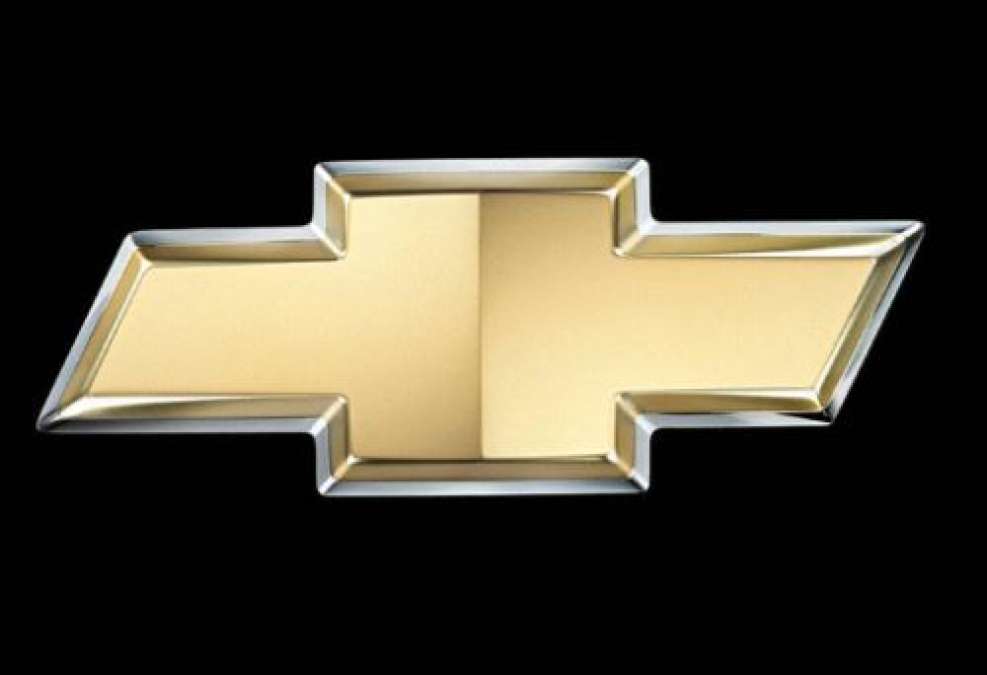It is known the mark was introduced by co-founder William C. Durant in late 1913, but the origin of the Chevrolet bowtie nameplate has several conflicting explanations.
Durant, himself, claimed the bowtie emblem was inspired by the wallpaper design in a Parisian hotel. In the company’s official 50th Anniversary publication from 1961, titled The Chevrolet Story, the Chevrolet bowtie nameplate was attributed to Durant in the following quote.
"It originated in Durant's imagination when, as a world traveler in 1908, he saw the pattern marching off into infinity as a design on wallpaper in a French hotel. He tore off a piece of the wallpaper and kept it to show friends, with the thought that it would make a good nameplate for a car."
However, other accounts from within Durant’s family, may conflict with his story, but, allowing how family members can sometimes misfile the dates of past events, could allow you to draw your own conclusion.
In 1929, Durant's daughter, Margery, published a book entitled, My Father, wherein she remembered Durant sometimes doodling nameplate designs on pieces of paper at the dinner table. "I think it was between the soup and the fried chicken one night that he sketched out the design that is used on the Chevrolet car to this day." she penned.
Could this, however, be the aggrandized memory of a doting daughter, filling in the mind’s portrait of her beloved and successful father?
Many years later, a 1986 issue of Chevrolet Pro Management Magazine, based on an interview with Durant's widow, Catherine, in 1973. She said she and her husband were on holiday in Hot Springs, Va., in 1912. While reading a newspaper in their room, Durant exclaimed, "I think this would be a very good emblem for the Chevrolet." However, Mrs. Durant didn't identify what the motif was or how it was used.
Inspired by this suggestion, Ken Kaufmann, historian and editor of The Chevrolet Review, searched out its validity. He found in a Nov. 12, 1911 edition of The Constitution newspaper, published in Atlanta, an advertisement for Coalettes, a refined fuel product of the Southern Compressed Coal Company. The Coalettes logo, in the ad had a slanted bowtie form, very similar to the shape that would soon become the Chevrolet icon. The date of the paper was just nine days after the incorporation of the Chevrolet Motor Co.
Did Durant and his wife see the same ad – or one similar – the following year a few states to the north? Or did Catherine get the year wrong and they saw that very same ad, brought to Hot Springs by some Southern traveler or in a local publication? November 1911 and January 2012 are just two months apart and the same time of year, creating an easy mental error 60 years later.
Whichever origin is true, within a few years, the bowtie would emerge as the definitive Chevrolet logo. The many variations in coloring and detail of the Chevrolet bowtie have come and gone, but the essential shape has never changed.
Chevrolet began to phase in the gold bowtie that today serves as the brand identity for all of its cars and trucks in 2004, thus reinforcing the strength of what was already one of the most-recognized automotive emblems in the world.
More than 4.25 million Chevrolets were sold in more than 120 countries and regions during 2010. Hundreds of millions of vehicles have been sold by the brand in 100 years, and with the current success of the Chevy Volt and Chevy Cruze, who knows what the next 100 years will bring.
In any case, in 2111 chances are good there will still be conveyances of some kind bearing the famous Chevrolet bowtie nameplate well into the future.





